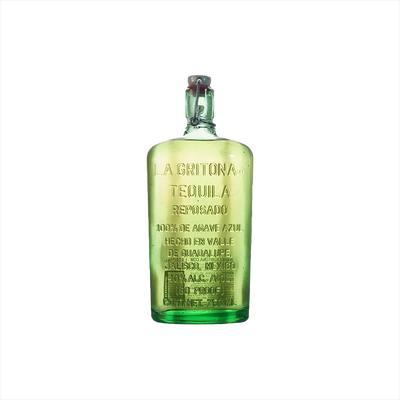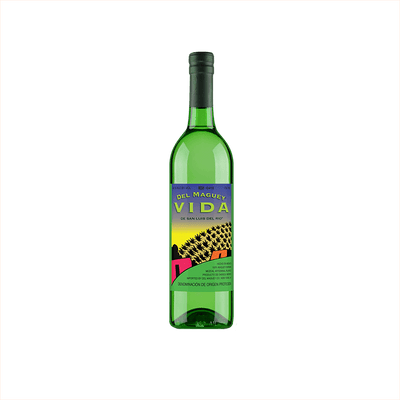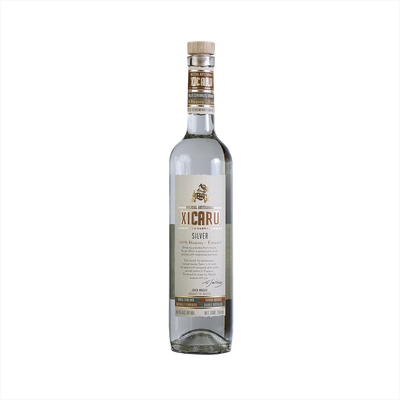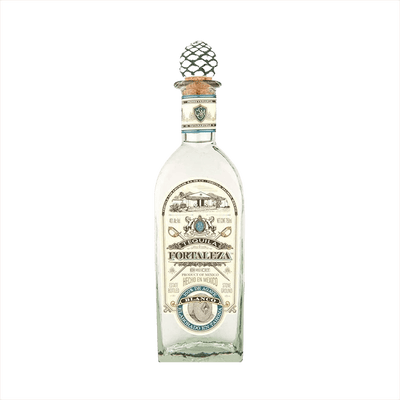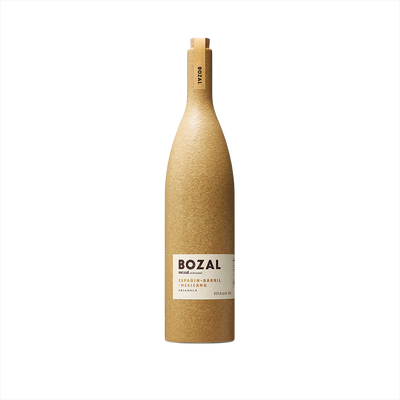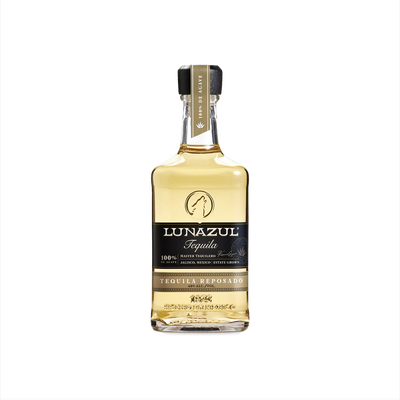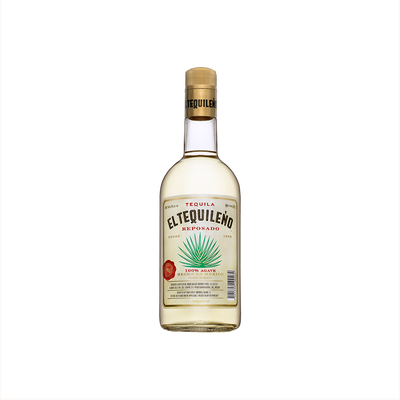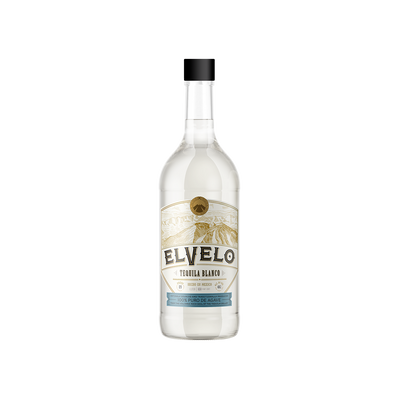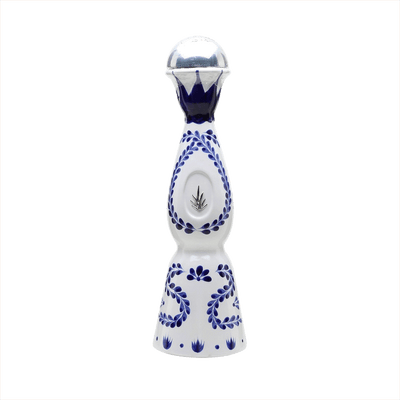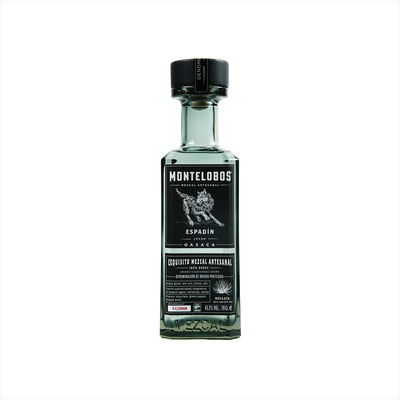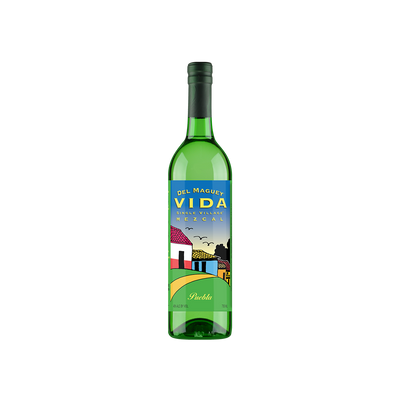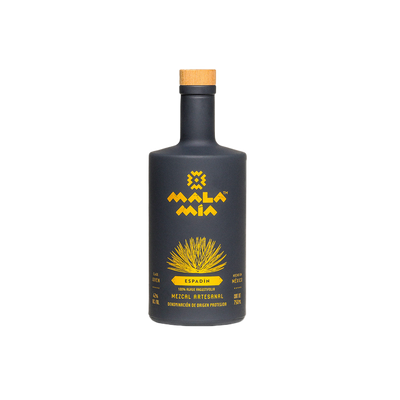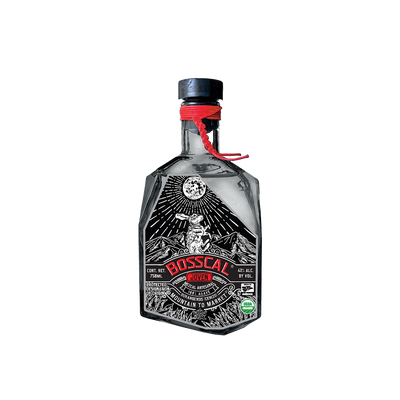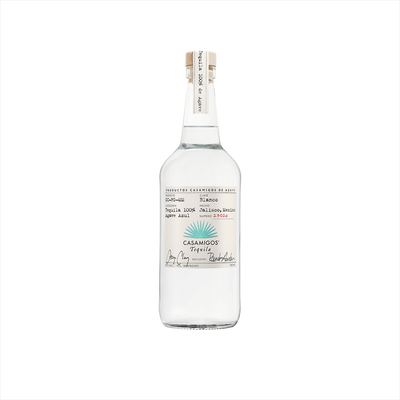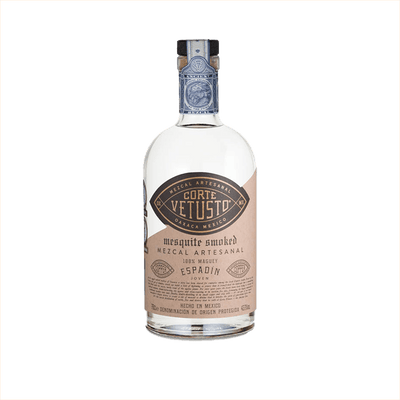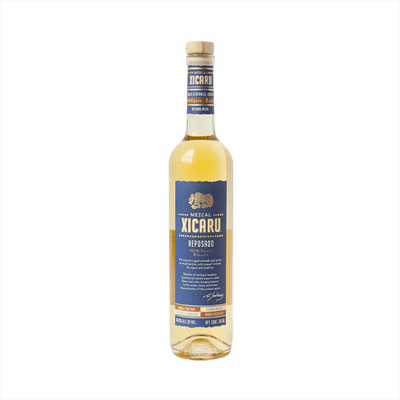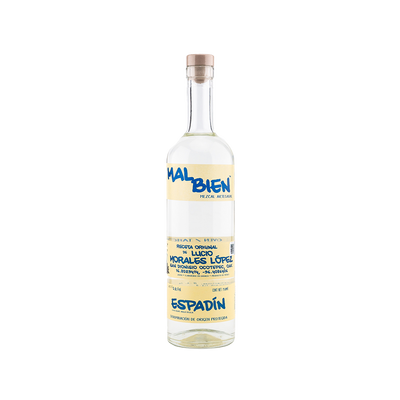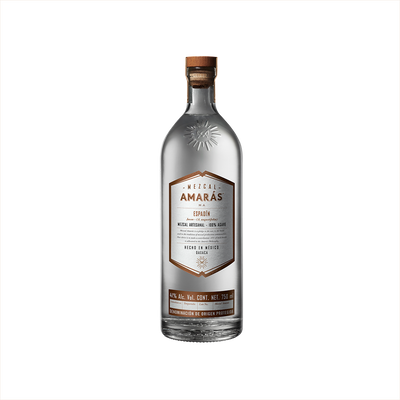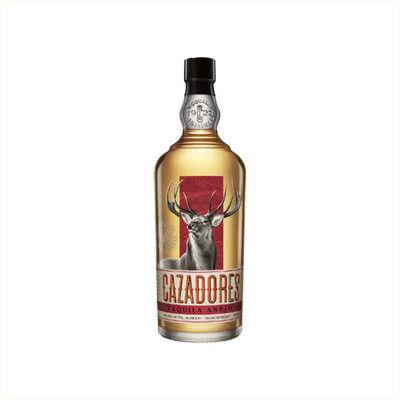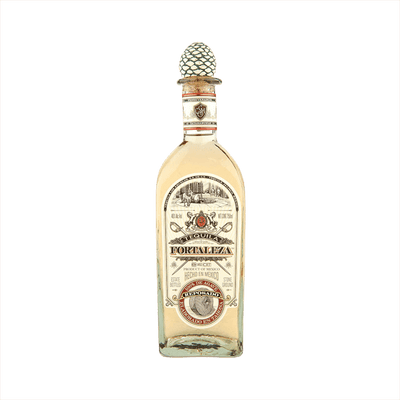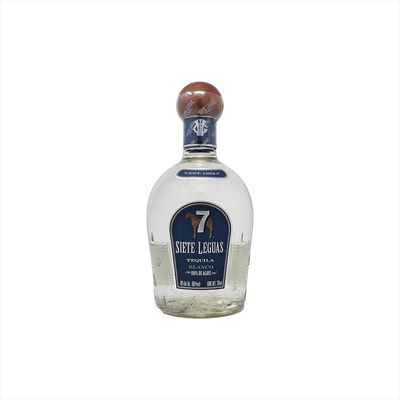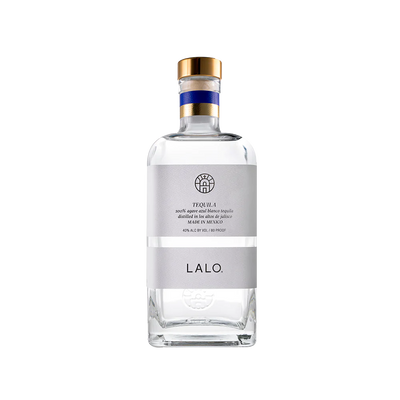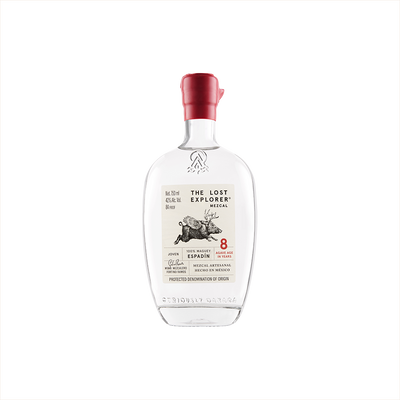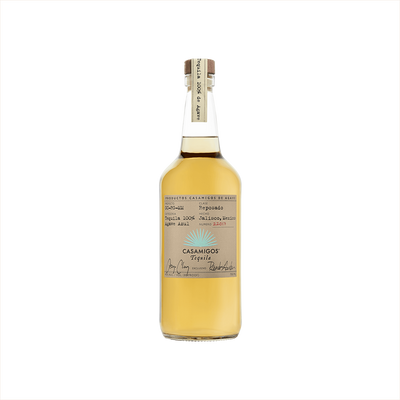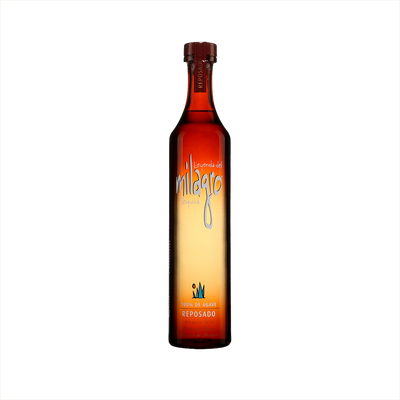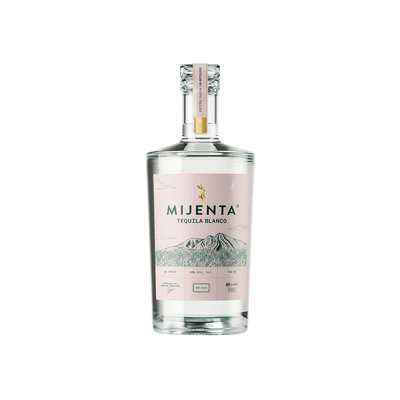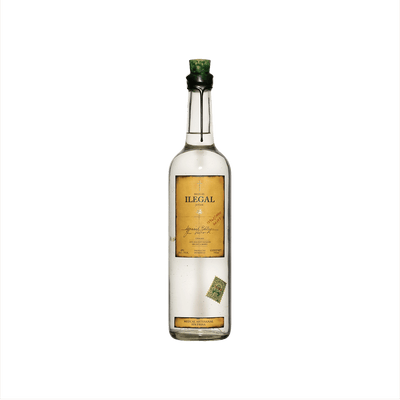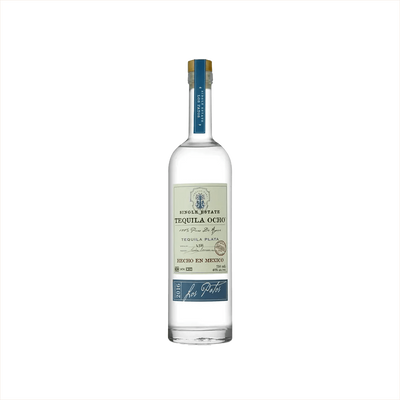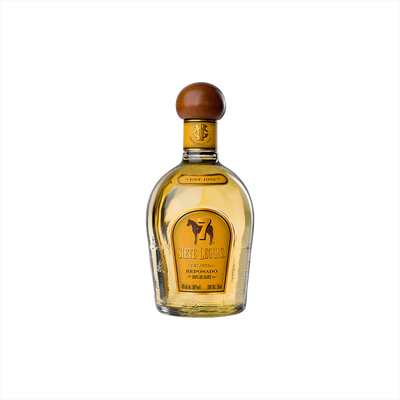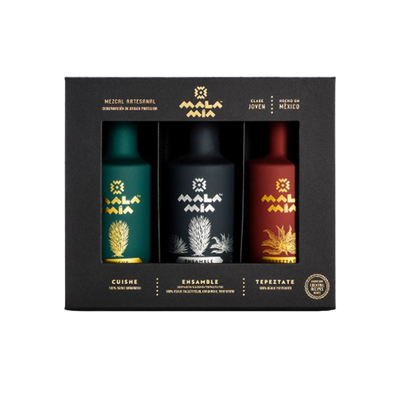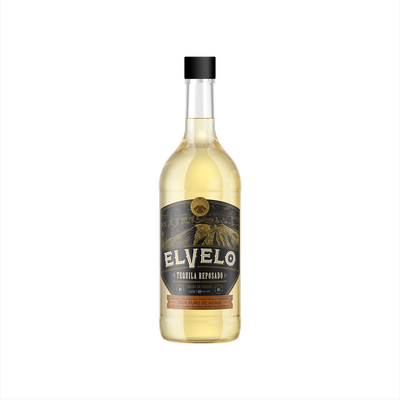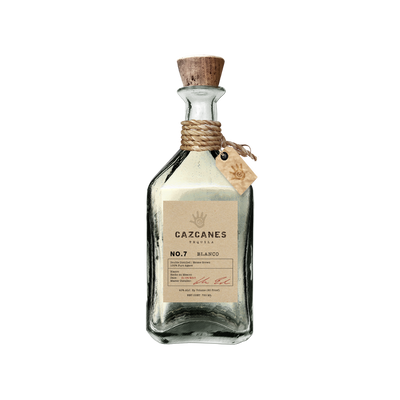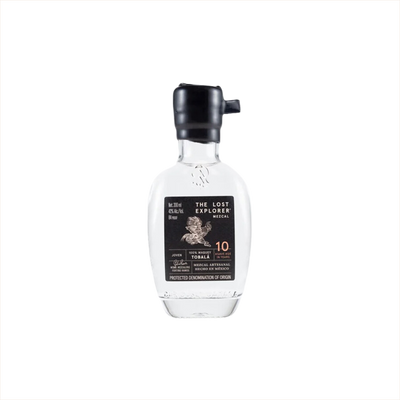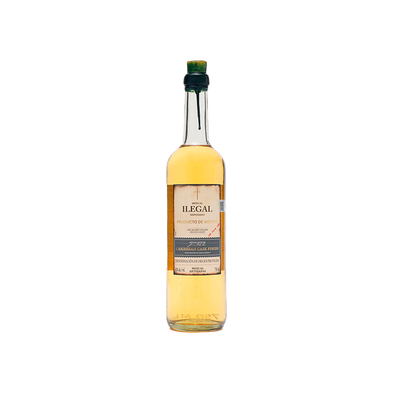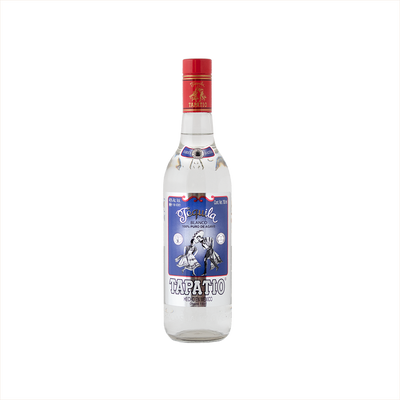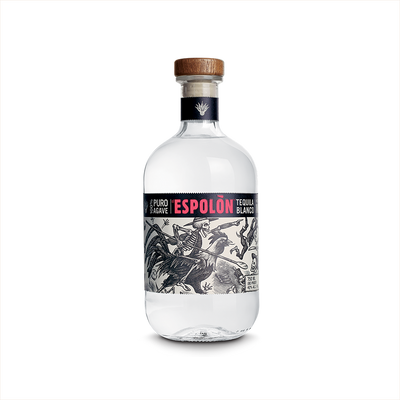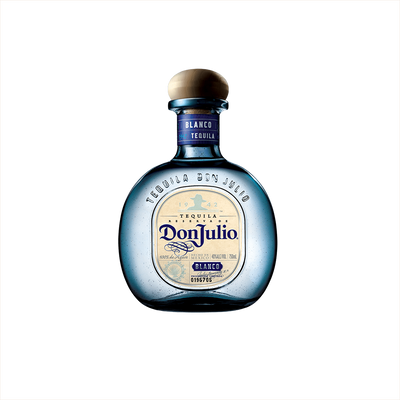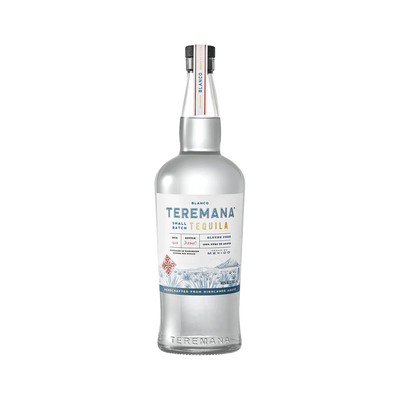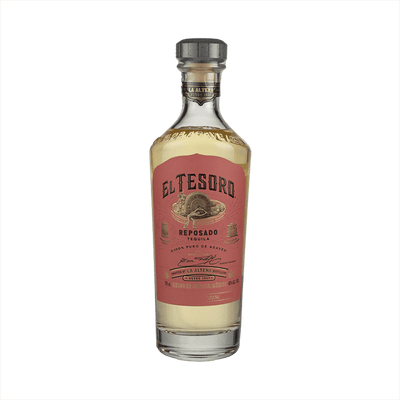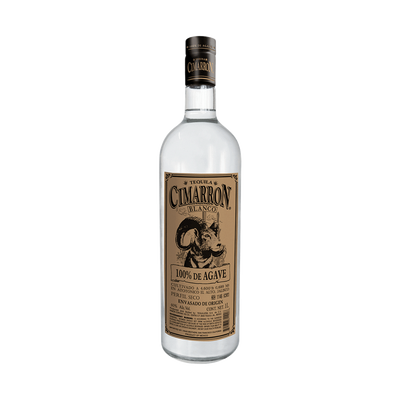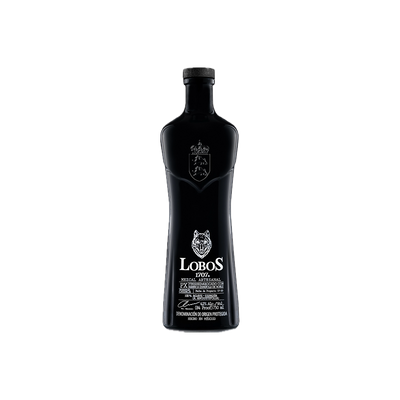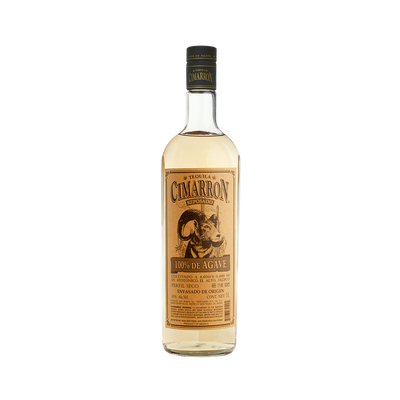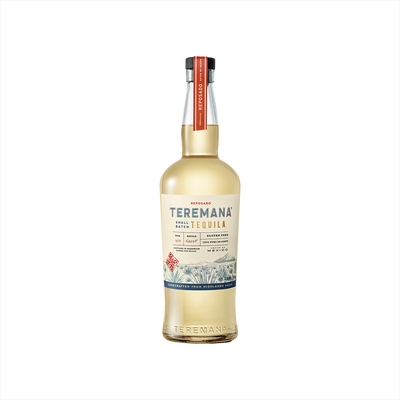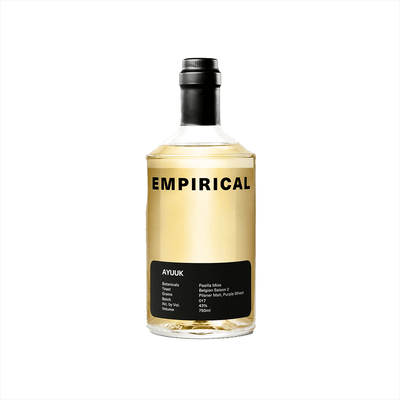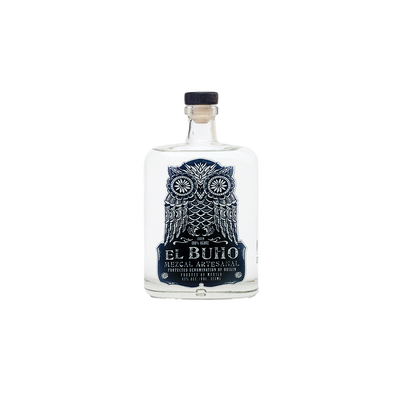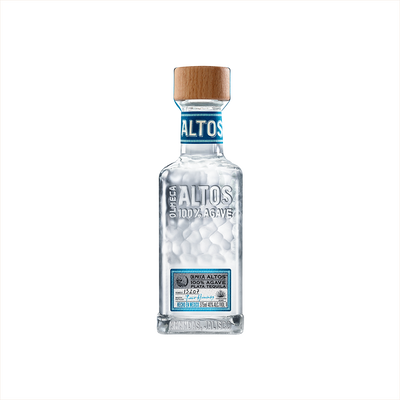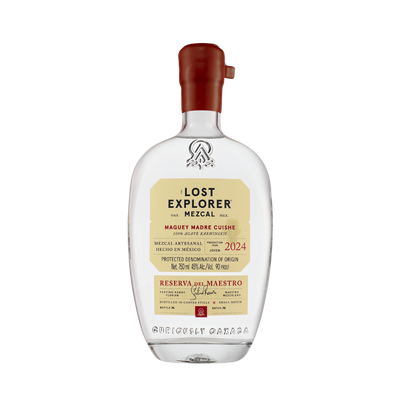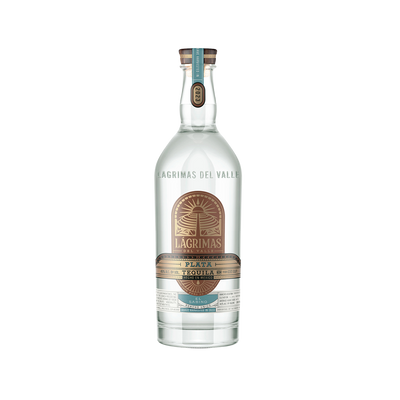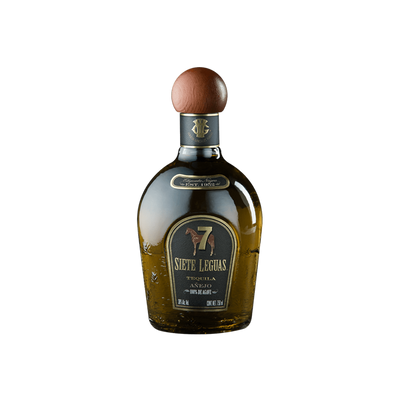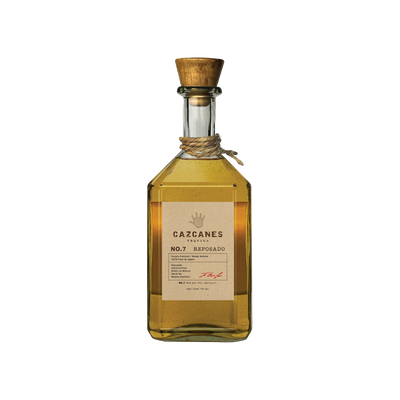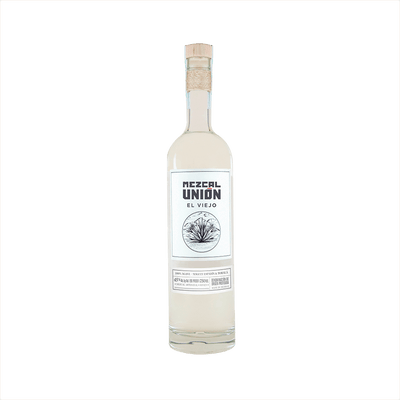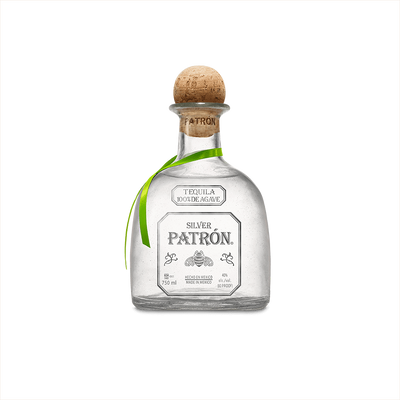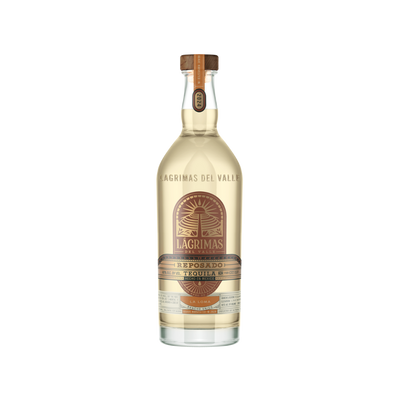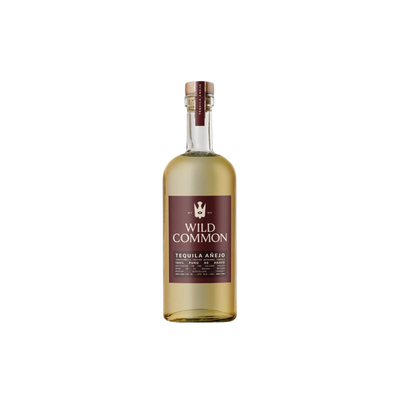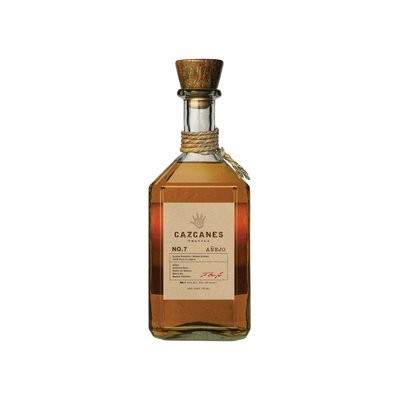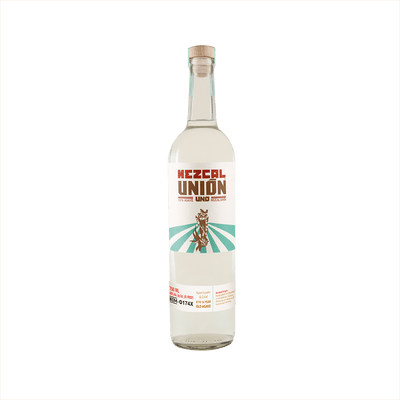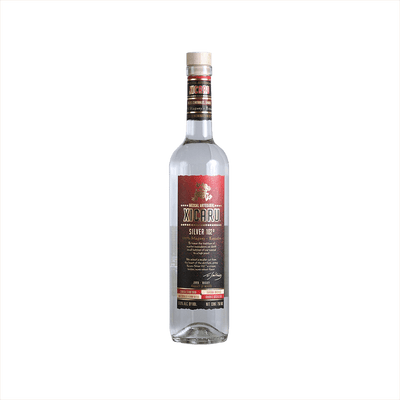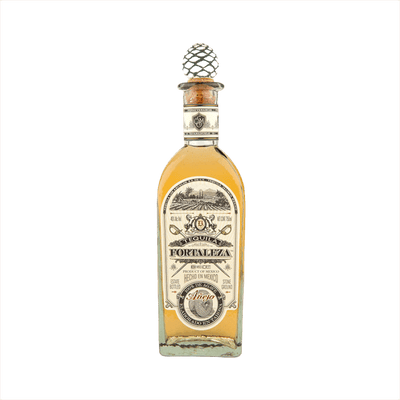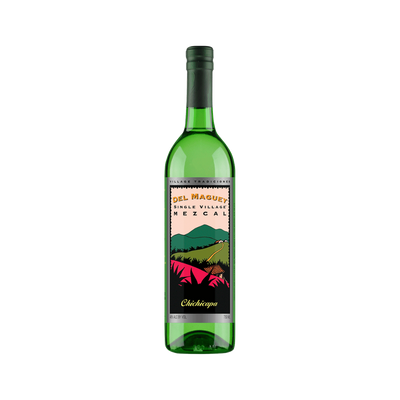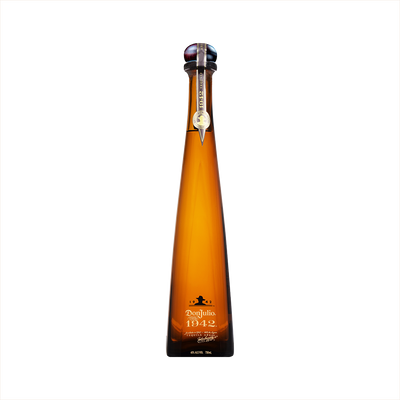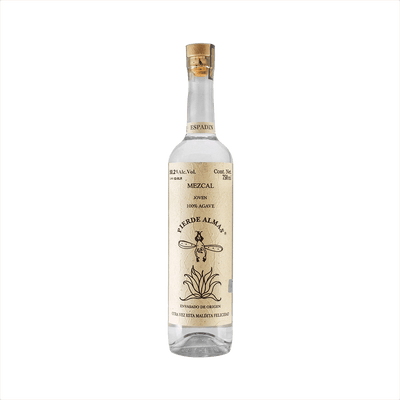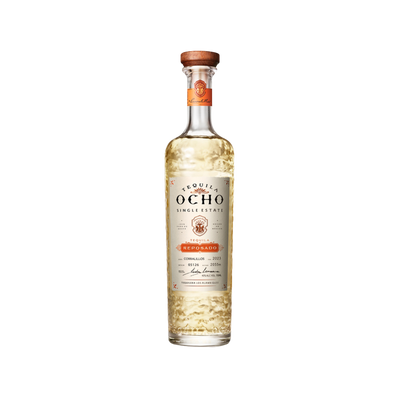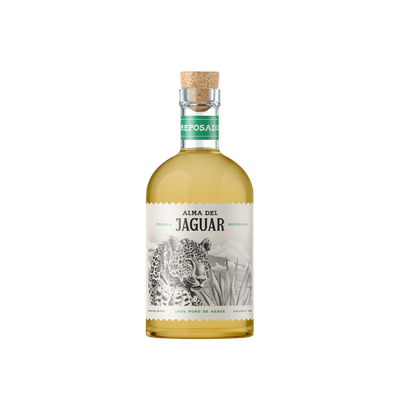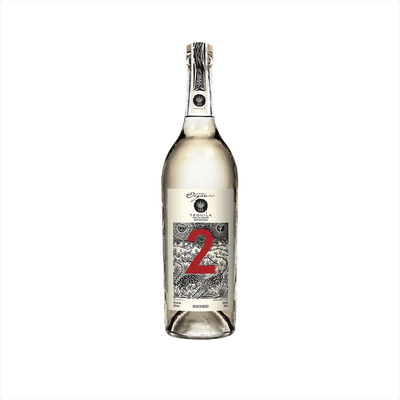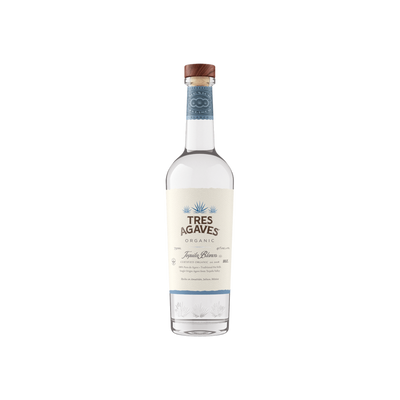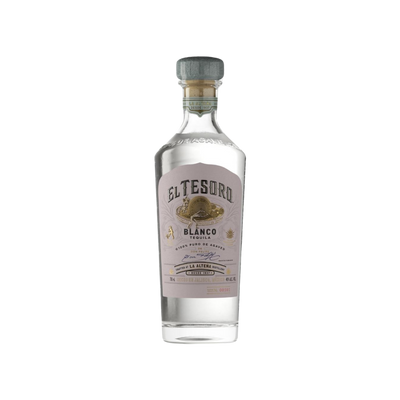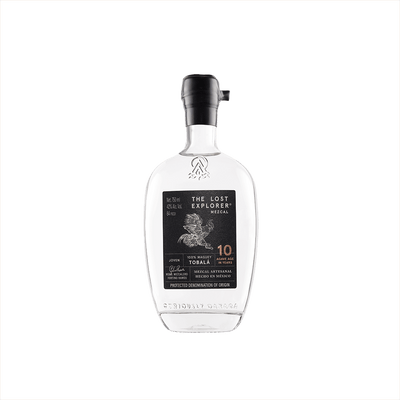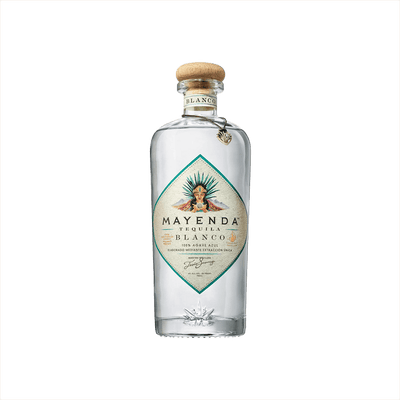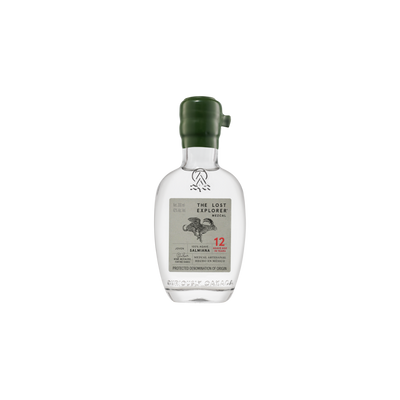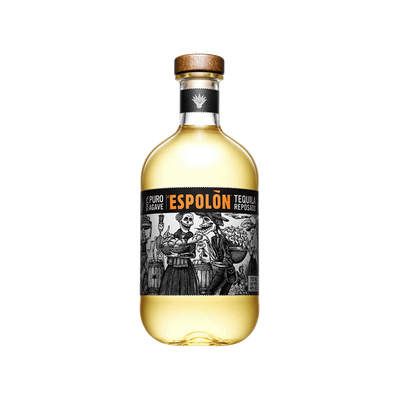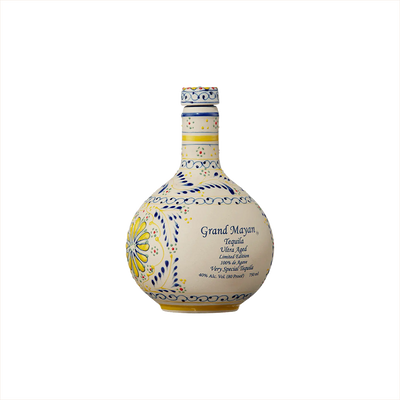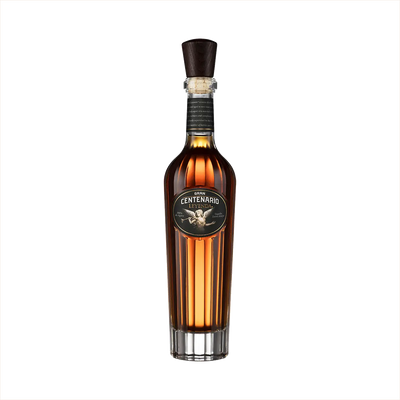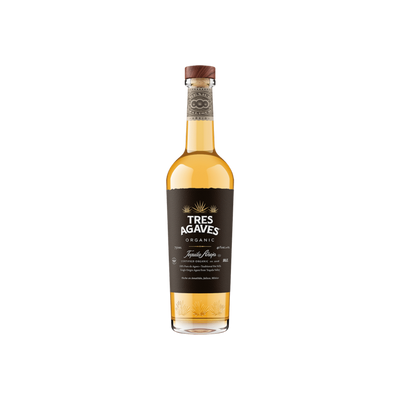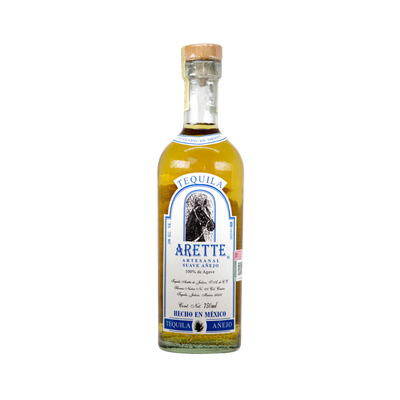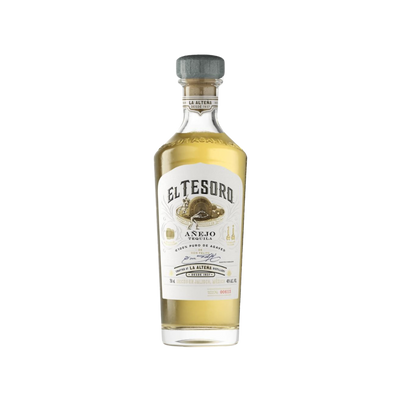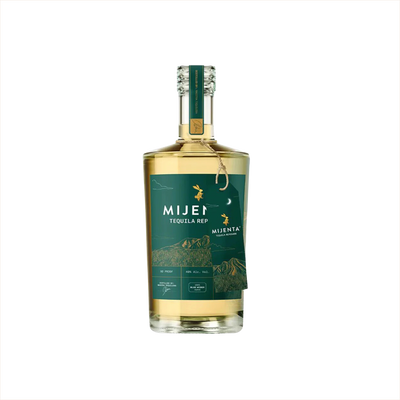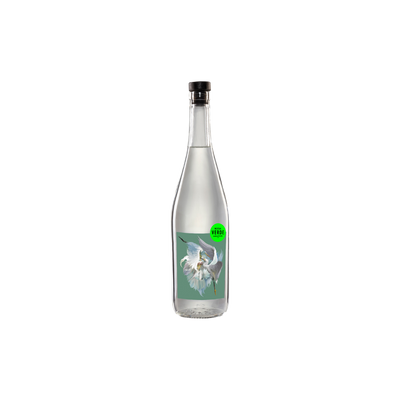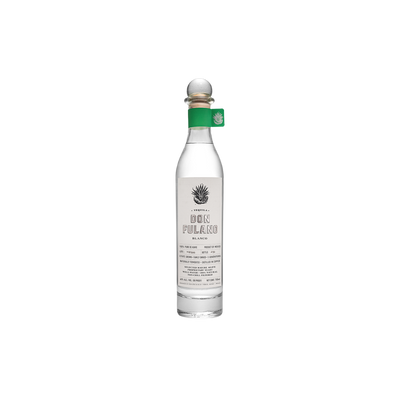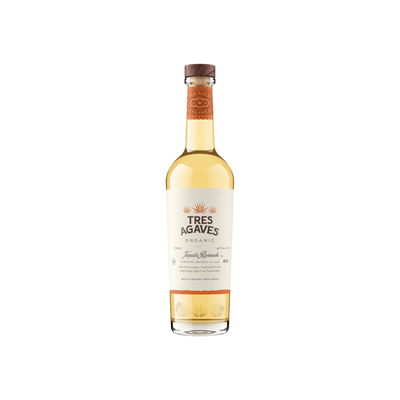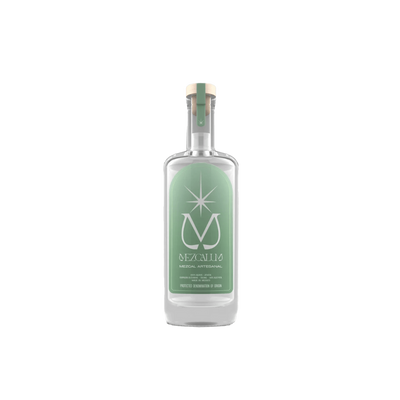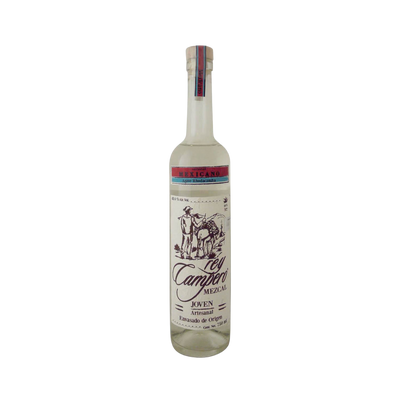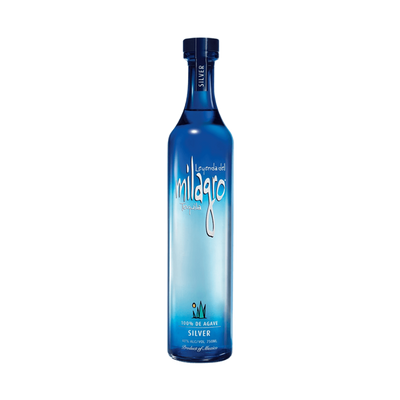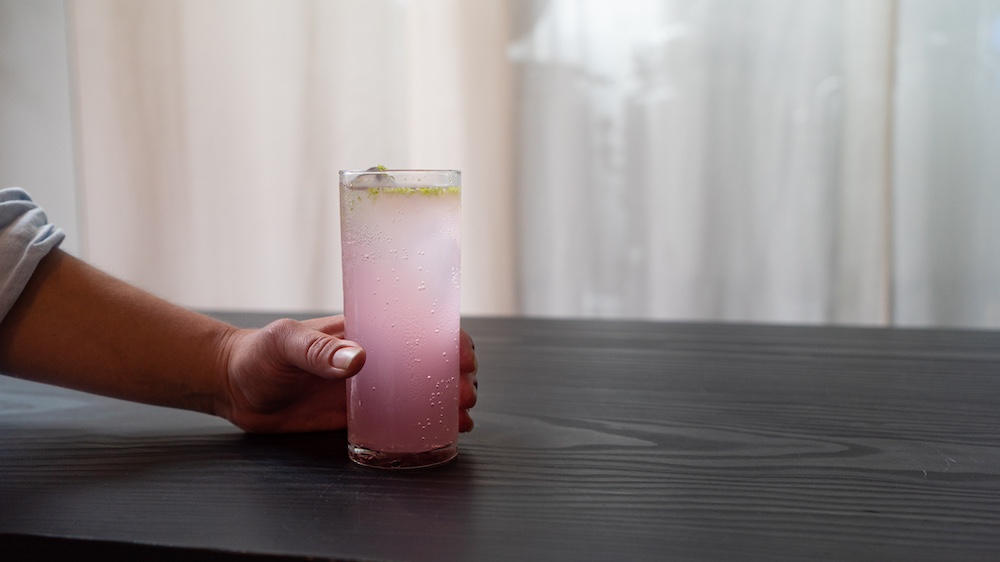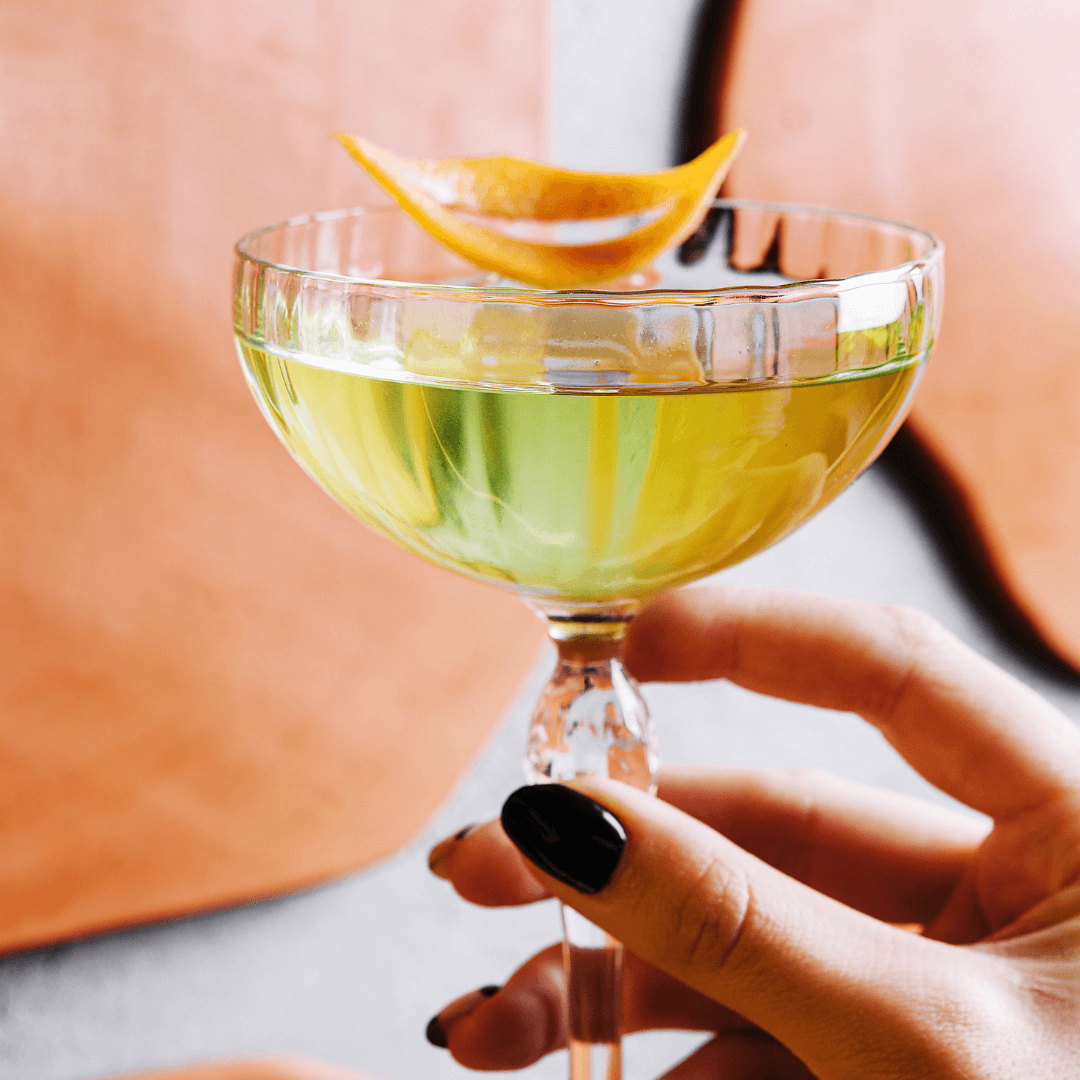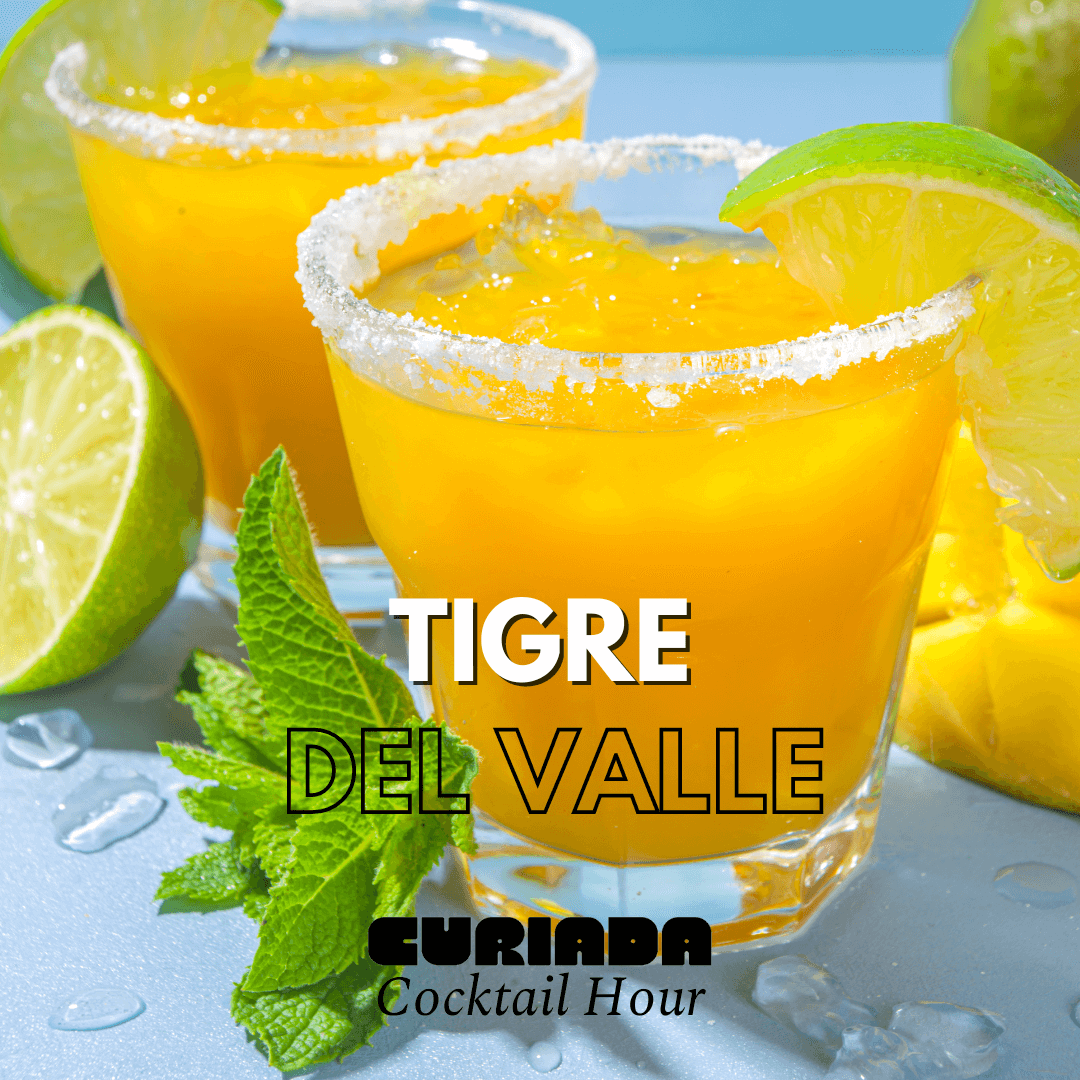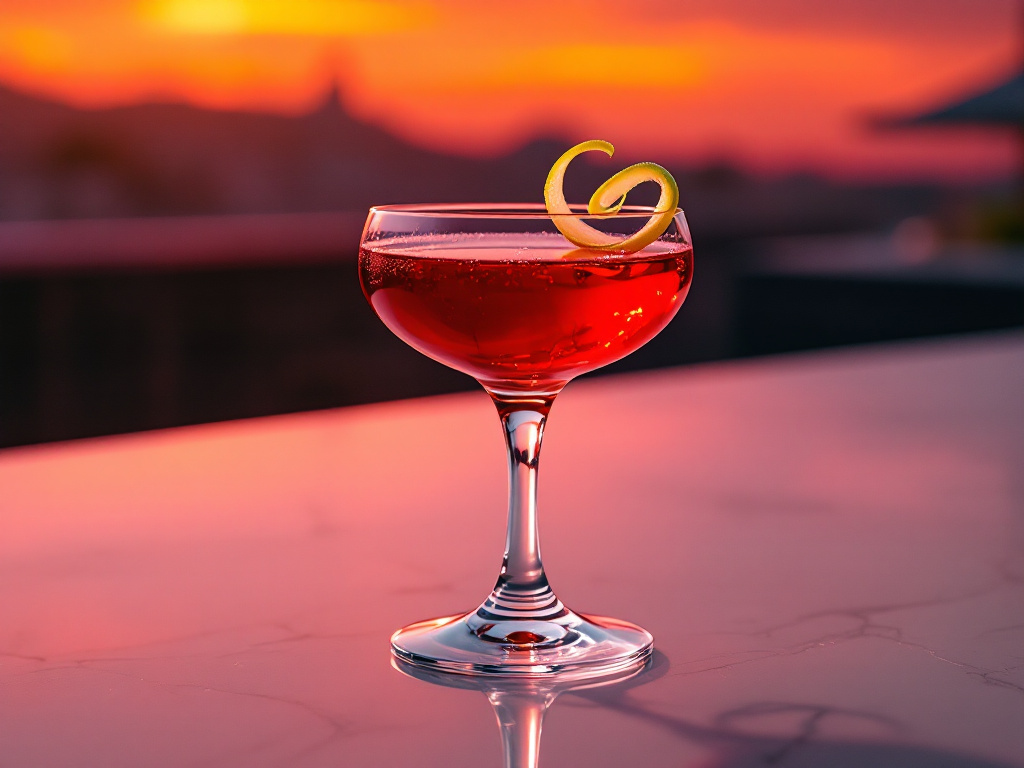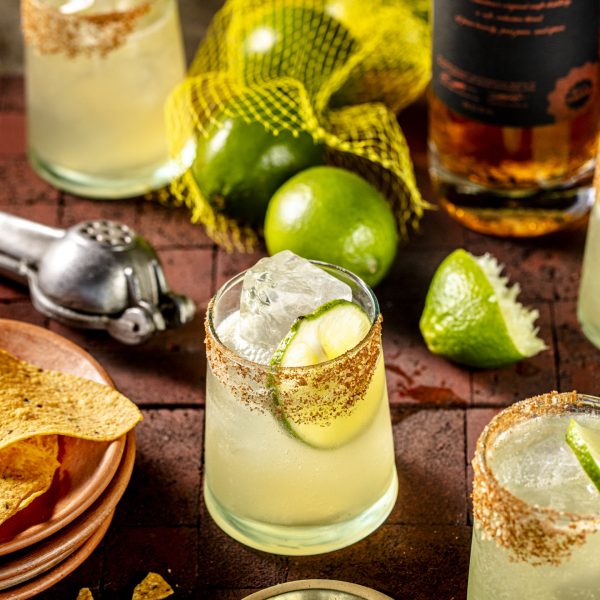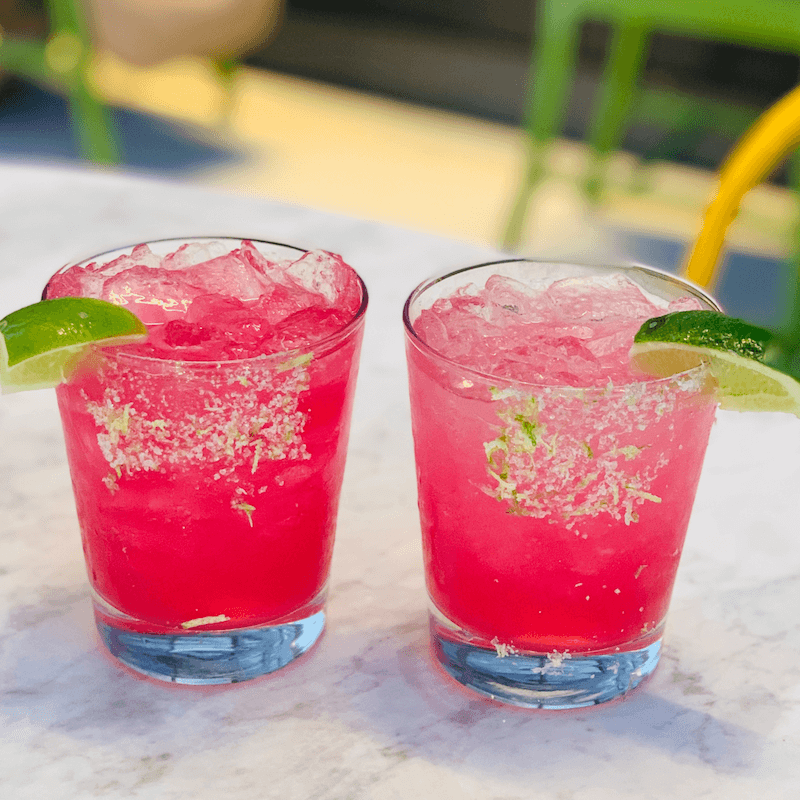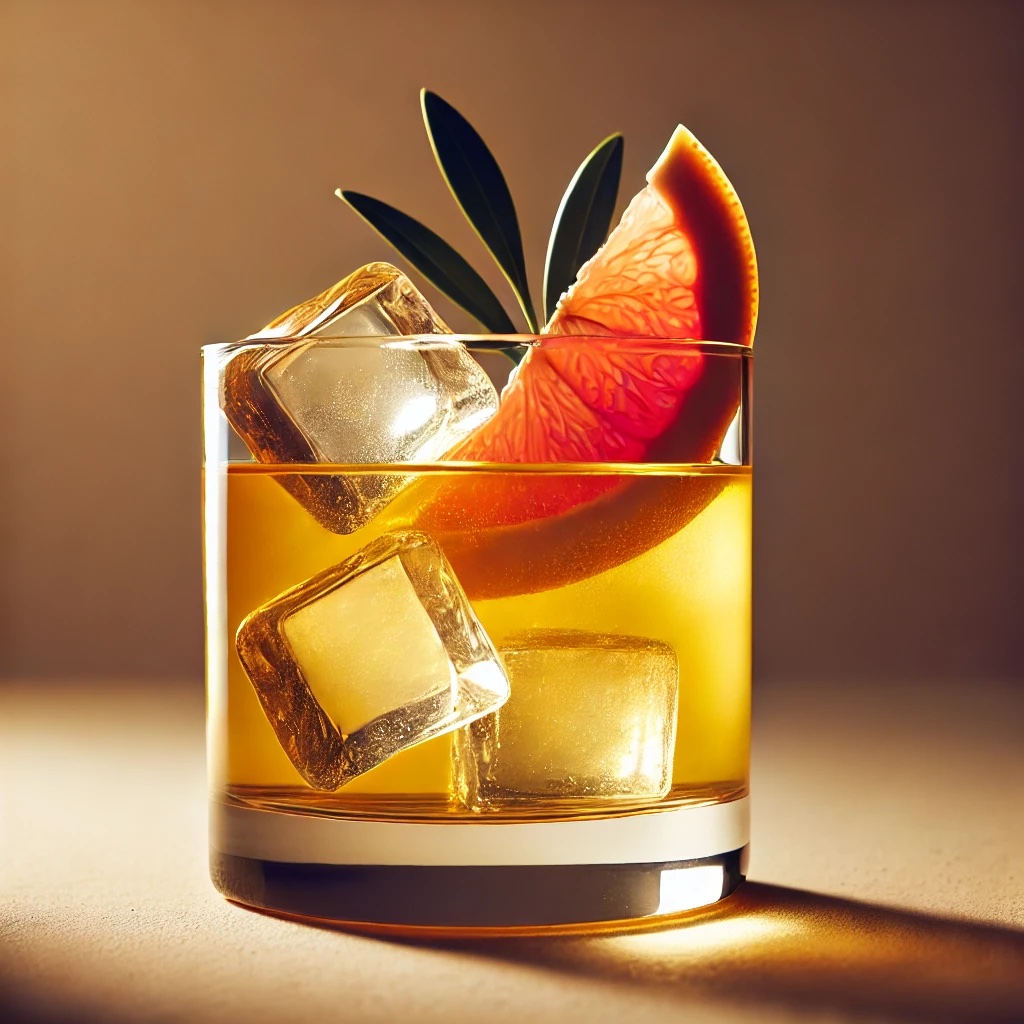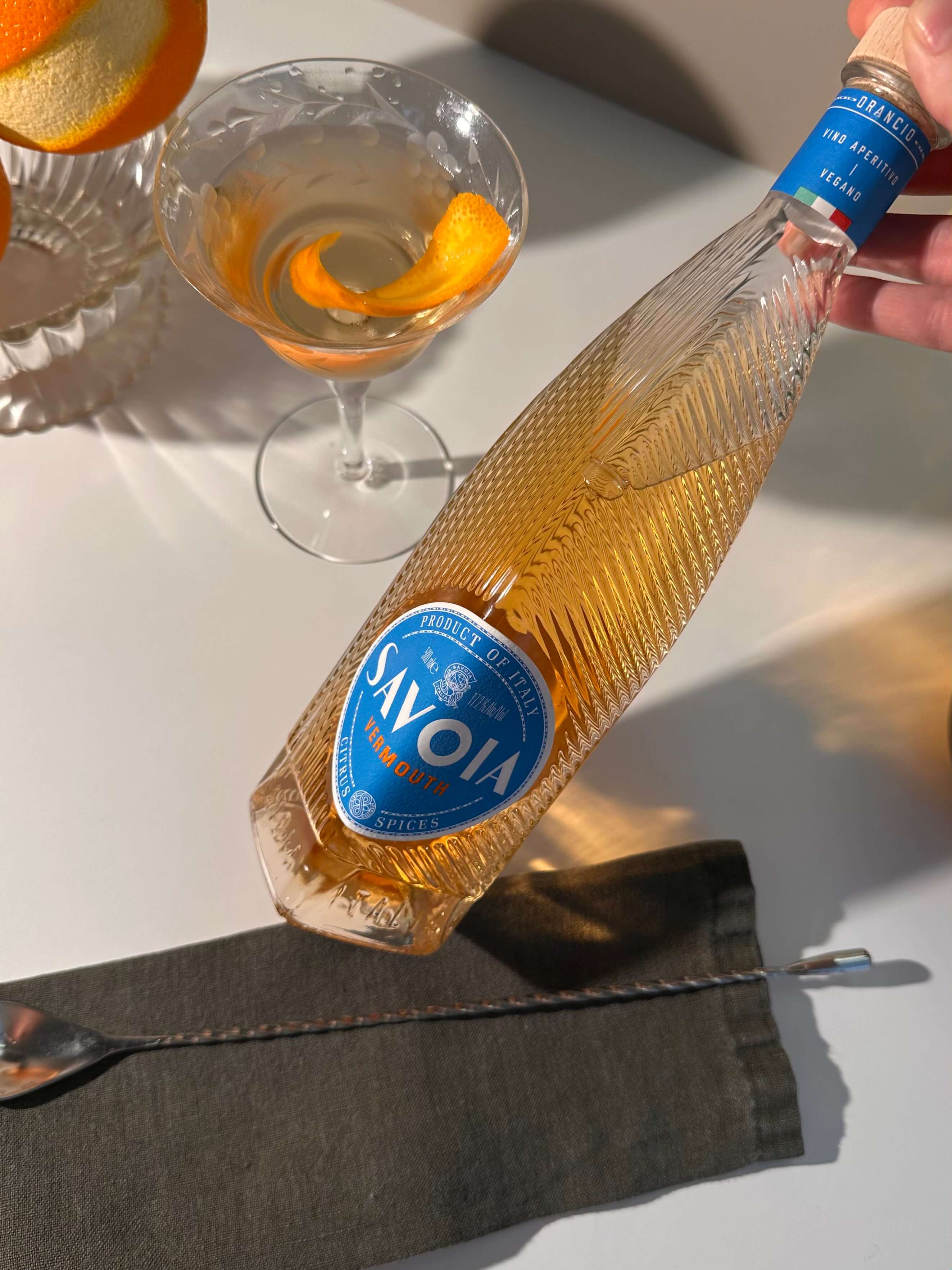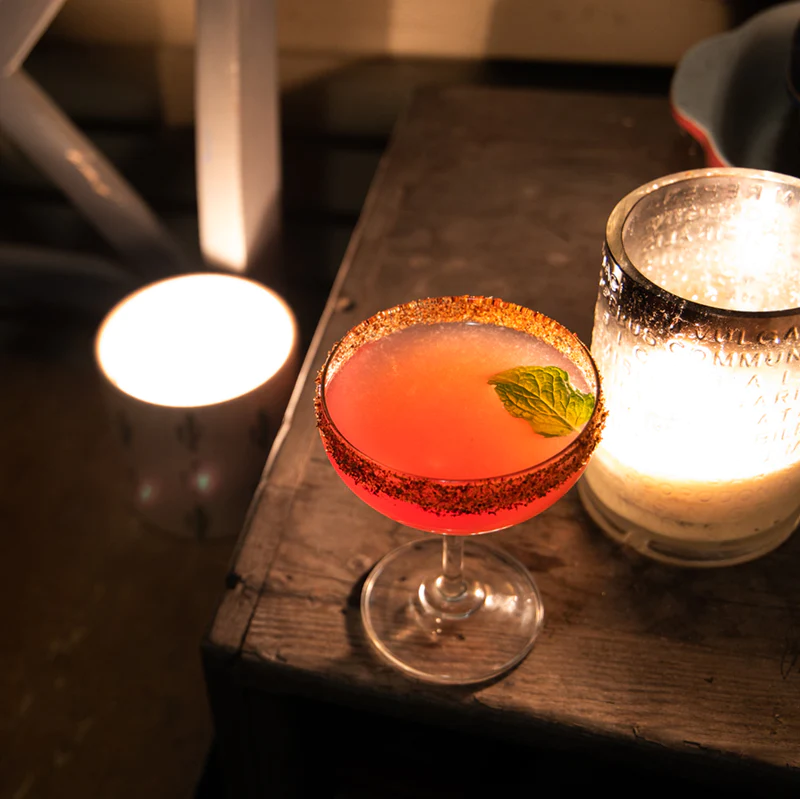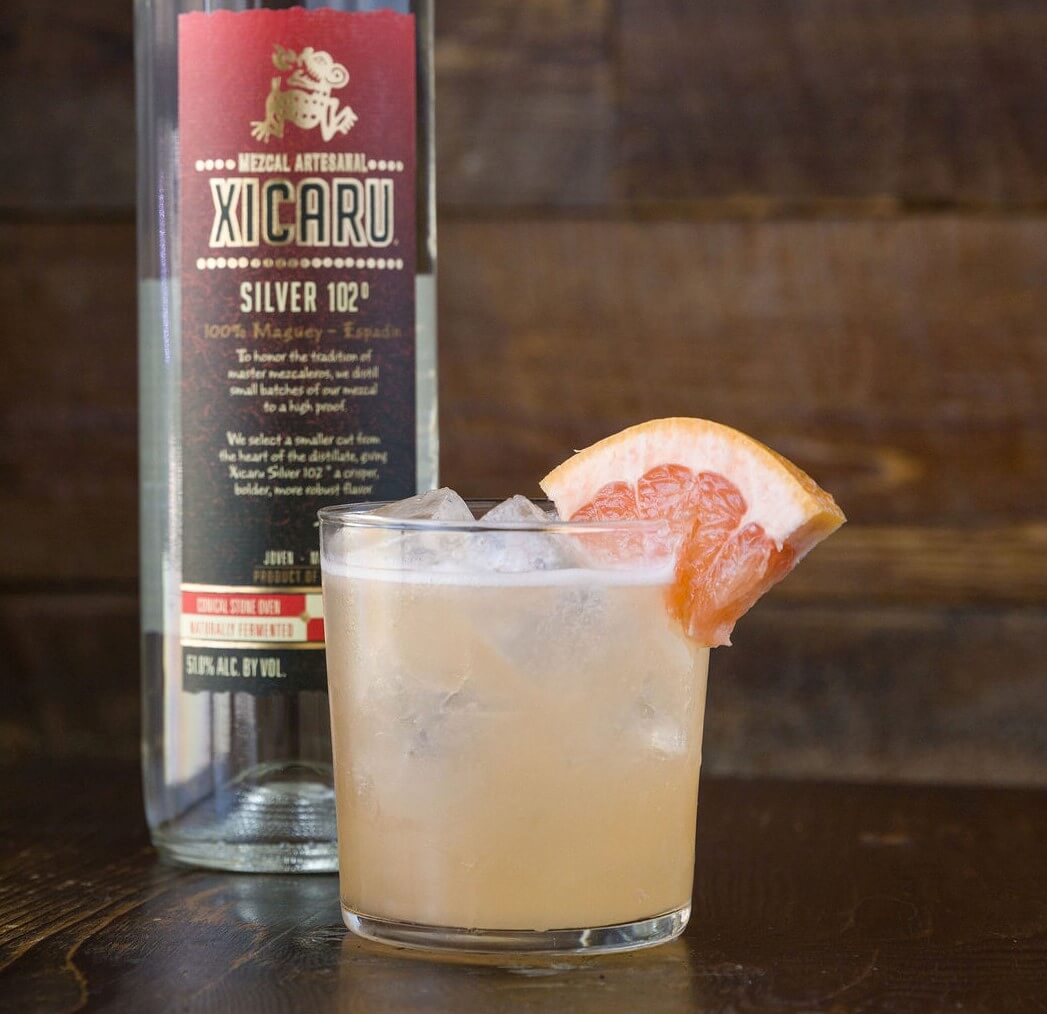Mezcal, Tequila, and Other Agave Spirits
What are Mezcal, Tequila, and Other Agave Spirits?
Mezcal, tequila, and other agave spirits are traditional Mexican spirits distilled from the fermented hearts of various agave plants, each carrying centuries of cultural heritage and artisanal craftsmanship. Tequila specifically must be made from blue Weber agave and produced in designated regions of Mexico, while mezcal can be crafted from over 30 different agave species and typically showcases a distinctive smoky character from underground pit roasting. These spirits range from crystal-clear blancos that highlight pure agave flavors to aged expressions that develop rich complexity through oak maturation, offering everything from bright, vegetal notes to deep, earthy smokiness that tells the story of Mexico's diverse terroir.
Learn More About Mezcal, Tequila, and Other Agave Spirits
What are the different types of Mezcal, Tequila, and Other Agave Spirits?
Tequila breaks down into five main categories based on aging: Blanco (unaged), Reposado (2-12 months), Añejo (1-3 years), Extra Añejo (3+ years), and Cristalino (filtered aged tequila). Each aging level brings distinct characteristics, from Blanco's pure agave bite to Extra Añejo's deep vanilla and caramel notes from extended oak contact.
Mezcal gets categorized by production methods and regional designation, with Mezcal Artesanal (traditional pit-roasted), Mezcal Ancestral (ancient clay pot distillation), and basic Mezcal (industrial methods) representing the spectrum from rustic smokiness to refined complexity. The spirit also varies dramatically by agave species—Espadín offers approachable earthiness while wild varieties like Tobalá deliver intense, mineral-driven flavors that can knock your socks off.
Other agave spirits include Raicilla from Jalisco (often called "Mexican moonshine"), Sotol from the Chihuahuan Desert (technically not agave but close cousin), and Bacanora from Sonora, each offering unique terroir-driven profiles that reflect their specific regions and production traditions.
How are Mezcal; Tequila; and Other Agave Spirits made?
All agave spirits start with the heart of the agave plant, called the piña, which gets roasted or steamed to convert starches into fermentable sugars—mezcal traditionally uses underground pit ovens that give it that signature smoky character, while tequila typically employs above-ground steam ovens for a cleaner profile. After roasting, the piñas are crushed (sometimes still by stone wheel for mezcal), then fermented with wild or cultured yeasts before being distilled, usually twice, in copper pot stills or modern column stills. The key differences lie in the agave variety used, the cooking method, and regional production techniques, with tequila restricted to specific regions and primarily blue agave, while mezcal can use dozens of agave species and comes from various Mexican states.
What do Mezcal; Tequila; and Other Agave Spirits taste like? What do Mezcal; Tequila; and Other Agave Spirits bring to a cocktail?
Tequila delivers bright, herbaceous notes with hints of citrus peel and pepper, while mezcal brings a distinctive smokiness from its pit-roasted agave hearts, often accompanied by earthy minerals and tropical fruit undertones. Other agave spirits like sotol and raicilla offer their own personalities – sotol tends toward grassy, almost gin-like botanical qualities, while raicilla can range from floral and delicate to robust and funky. In cocktails, these spirits contribute incredible versatility: tequila adds clean agave sweetness perfect for margaritas and palomas, mezcal lends complex smoke that transforms classics like Negronis into something entirely new, and the diverse agave family opens doors to creative mixing with their unique flavor profiles that can anchor everything from bright, citrusy drinks to rich, contemplative sippers.
How do you drink Mezcal, Tequila, and Other Agave Spirits? In what kind of cocktails do Mezcal, Tequila, and Other Agave Spirits shine?
The best way to appreciate quality mezcal is neat or with a small sip of water, allowing its smoky complexity and unique terroir to unfold on your palate. Tequila can be enjoyed straight as well, though blanco works beautifully in fresh citrus cocktails like margaritas and palomas, while aged expressions deserve contemplative sipping. These agave spirits truly come alive in cocktails that respect their character - mezcal adds mysterious depth to smoky negronis and oaxacan old fashioneds, while tequila brings bright agave notes to everything from spicy jalapeño margaritas to sophisticated Tommy's margaritas made with agave nectar instead of triple sec.
What are fun ways to drink Mezcal, Tequila, and Other Agave Spirits?
Agave spirits shine in frozen treats like paloma popsicles made with tequila, grapefruit, and lime, or smoky mezcal margarita ice pops that capture that distinctive earthiness in every lick. You can absolutely make jello shots with these spirits – try layered tequila sunrise jello shots or mezcal versions infused with fresh jalapeño for a spicy kick that'll surprise your guests. For desserts, agave spirits work beautifully in tres leches cake soaked with añejo tequila, mezcal-spiked chocolate truffles, or even grilled pineapple drizzled with a reposado tequila caramel sauce that brings out the spirit's vanilla and oak notes.
How have Mezcal; Tequila; and Other Agave Spirits been depicted in culture?
Tequila has long been cast as the wild child of the spirits world in popular culture, from countless Western films where cowboys knocked back shots before gunfights to modern movies that use it as shorthand for "things are about to get crazy." Hollywood has perpetuated the stereotype of tequila as a party fuel that leads to regrettable decisions and splitting headaches, while mezcal has emerged more recently as the sophisticated, artisanal cousin that appears in upscale bars and food shows as a symbol of authentic Mexican craftsmanship. Beyond the stereotypes, these agave spirits have become powerful cultural ambassadors for Mexico, representing centuries of tradition and terroir that extends far beyond the party scene into serious discussions about heritage, sustainability, and artisanal production methods.
Nutritional Information
Mezcal
Typical Calorie Range per Ounce: 64-70 calories
Typical Carbohydrate Range per Ounce: 0-0.1 grams
Typical Sugar Range per Ounce: 0 grams
Typically Gluten Free: Yes
Tequila
Typical Calorie Range per Ounce: 64-69 calories
Typical Carbohydrate Range per Ounce: 0-0.1 grams
Typical Sugar Range per Ounce: 0 grams
Typically Gluten Free: Yes
Other Agave Spirits
Typical Calorie Range per Ounce: 64-72 calories
Typical Carbohydrate Range per Ounce: 0-0.2 grams
Typical Sugar Range per Ounce: 0-0.1 grams
Typically Gluten Free: Yes
Please check detailed product information to confirm gluten-free status, as production methods and additives can vary between brands and expressions.
Scrolled this far? Your reward? Mezcal; Tequila; and Other Agave Spirits Trivia!
- Mezcal producers sometimes bury clay pots filled with fermenting agave juice underground for months, creating earthy, mineral flavors that literally taste like the terroir they come from. This ancient technique, called "tepache de agave," predates European distillation by centuries and produces spirits so tied to their location that moving production even a few miles changes the entire flavor profile.
- The infamous "worm" in mezcal bottles isn't actually a worm at all—it's the larva of a moth that lives on agave plants. But here's the kicker: premium mezcal producers consider the larva a marketing gimmick that cheapens their spirit. The practice started in the 1940s as a branding stunt, and eating the larva won't make you hallucinate or give you special powers—it just tastes like salty, smoky jerky.
- Tequila can only be made in five specific Mexican states, but there's a secret sixth region that almost made the cut. Parts of Nayarit were originally included in the protected designation, but political maneuvering and lobbying from established producers got them removed from the official list. Some distillers in excluded areas still make incredible agave spirits—they just can't legally call them tequila.
- Wild agave plants can live for 25 years before flowering, but most spirits use cultivated agave harvested between 8-12 years. The crazy part? Scientists have discovered that agave plants actually communicate with each other through underground root networks, sharing nutrients and warning signals about pests. This means your mezcal might come from plants that literally grew up talking to each other.
- There's a Japanese mezcal that's completely legal and surprisingly authentic. A Mexican master distiller moved to Japan and brought agave plants with him, recreating traditional production methods using Japanese spring water. The result tastes unmistakably like mezcal but with subtle differences from the local terroir—proving that great agave spirits aren't just about location, but about respecting traditional methods.
Higher-proof spirits can be intense. Sip slow, taste thoughtfully, and enjoy responsibly.
Gift message (optional)

